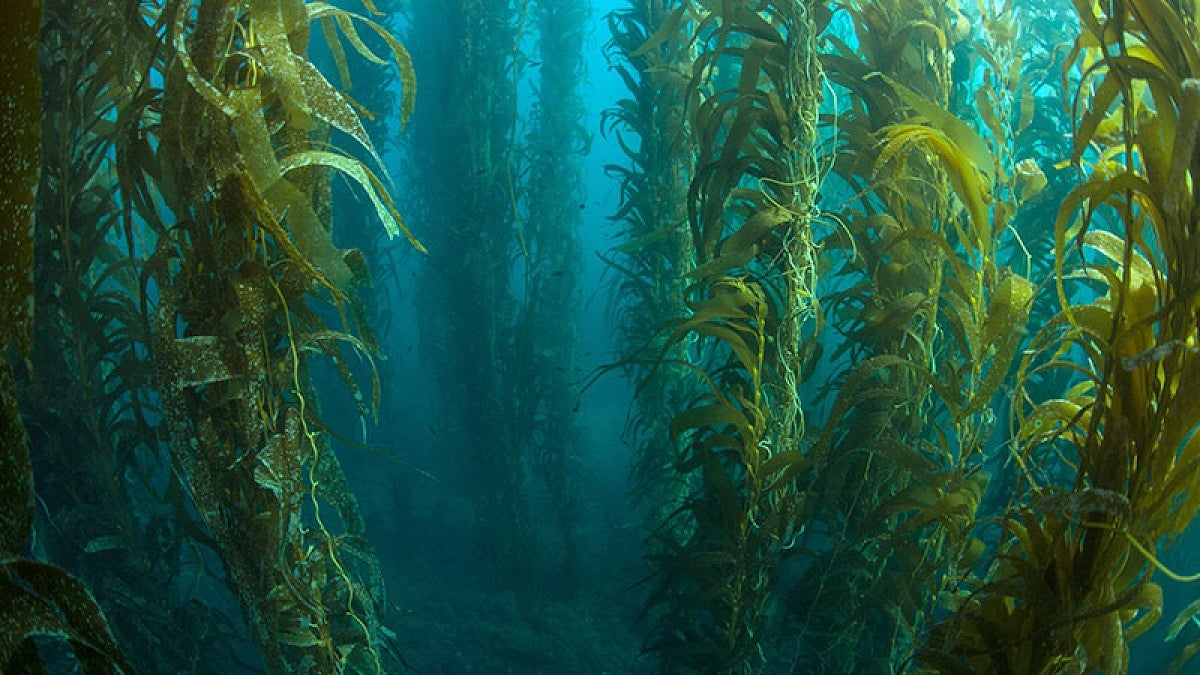Research by UO archaeologist Jon Erlandson is featured in an Earth magazine story that looks at shifting ideas about the first residents of the Americas — where they came from and how they got here.
A growing body of evidence has challenged the long-held notion that people walked across a land bridge that once existed between present day Alaska and Asia. A decade ago, Erlandson, the UO's Philip H. Knight Professor of Arts and Sciences and executive director of the Museum of Natural and Cultural History, proposed that some early migration was by people following and harvesting kelp along shorelines.
Kelp, a type of seaweed that packs nutritional value, grows in thick forest-like patches in shallow ocean waters.
In the story — "The first Americans: How and when were the Americas populated?" — Erlandson's research surfaces under the subhead "Cruising the Kelp Highway" about halfway down the story. Erlandson also provided images from his research in the Channel Islands off California for use in the story.
Erlandson's research also was referenced in an article that covered the same topic in the just-published issue of American Archaeology.


